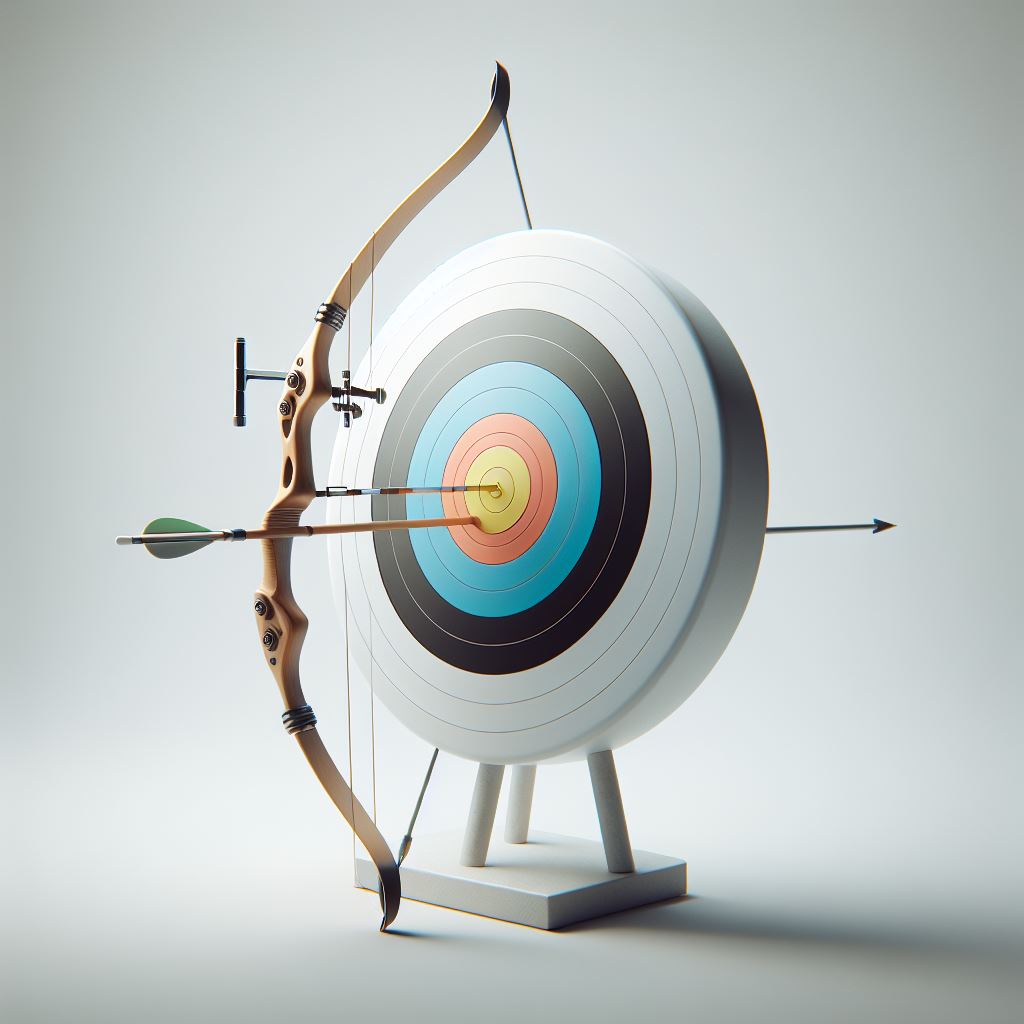
Archery Bows
Huge collection of wooden bows, recurve bows, compound bows of all popular brands at best price
Archery is a sport that has been around for thousands of years, and while it may seem like a simple activity, there is a lot of science that goes into making a successful shot. Understanding the physics behind archery can help archers to improve their technique and accuracy. In this article, we'll take a look at the science of archery and how it affects the flight of an arrow.
First, let's consider the mechanics of a bow. A bow is essentially a spring that stores energy in its limbs when pulled back, and then releases that energy when the string is released, propelling the arrow forward. The amount of energy stored in the bow is known as the "draw weight," and is measured in pounds. The more draw weight a bow has, the more energy it can transfer to the arrow, resulting in a faster and longer shot.
The shape, length, and weight of an arrow also play a significant role in its flight. The length of an arrow is typically determined by the archer's draw length, which is the distance between the bow grip and the back of the bowstring when at full draw. The weight of an arrow is measured in grains and is determined by the type and size of the arrowhead, as well as the materials used to make the arrow shaft.
The spine of an arrow is another important factor to consider. The spine is a measure of the arrow's flexibility or stiffness, and is determined by the thickness and material of the arrow shaft. A stiffer arrow will have a higher spine rating and will be less affected by wind and other external factors, making it more stable in flight.
In addition to the bow, arrow, and archer, the environment also plays a role in the flight of an arrow. Factors such as wind, temperature, and humidity can all affect the trajectory of an arrow and must be taken into account when making a shot.
Finally, the archer's form also plays a crucial role in the science of archery. Proper form includes maintaining a steady anchor point, keeping the bow arm parallel to the ground, and aligning the arrow with the target. When the archer's form is correct, the arrow will fly in a straighter, more consistent path.
In conclusion, archery is a sport that requires a deep understanding of the science behind it. By understanding the mechanics of a bow, the properties of an arrow, the impact of the environment, and the importance of proper form, archers can improve their technique and accuracy and make better shots.

Huge collection of wooden bows, recurve bows, compound bows of all popular brands at best price

Archery arrows at best price, great selection of wooden arrows, carbon arrows for recurve and compound bow

Best collection of bow bags, Indian Round Bow Bag, Recurve Bow Bag, Compound Bow Bag

Archery set for beginners, Indian archery set, recurve archery set, takedown bow set, compound bow set

Large collection of archery accessories having all gears of popular brands

Custom handmade full length 6 arrows with rubber fletches. Unmatched quality and have very good performance and highly rated my many Indian archers...
View full detailsAre you planning to experience archery? If yes, then this kit is specifically designed for beginners who want to experience the game of archery. It...
View full detailsPractice is important for all the games and archery is no different. Archers need to practice everyday to excel. Sometimes you just can't practice ...
View full details122x122cm, Target face for archery shooting, FREE four face pins Ideal for match and daily practice Outdoor shooting face Standard target face fo...
View full detailsWhen you play archery, then bow string can hurt your arm when string is released to hit arrow on target. Arm guard protects your arm from the bow s...
View full details
Are you planning to experience archery? If yes, then this kit is specifically designed for beginners who want to experience the game of archery. It's cost effective and includes all the equipment which are required to play the game. Kit contains following:
It is the best choice for all age and gender, products are well tested and made of premium quality dense hard timber riser and seasoned hardened bamboo which is used for the limbs
Archer can shoot longer without much fatigue. Playing with takedown bow is so much fun and very relaxing, the options for multiple limb weights offers flexibility, arrows fly from it just as fast as a professional recurve bow and fly's off very smoothly. It shoots very consistently and is very quiet without anything extra on it.
Easy to take down and assemble. Very solid when assembled, very small when collapsed, fits in its backpack easily. Using a stringer tool is the safest way to properly set up or take apart the bow.
A bowstring joins the two ends of the bow and launches the arrow. Bowstring can have a profound impact on many aspects including accuracy, bow perf...
View full detailsPractice is important for all the games and archery is no different. Archers need to practice everyday to excel. Sometimes you just can't practice ...
View full detailsThe new Hoyt Stratos raises the industry benchmark to match today’s demands of the world’s best archers. The Stratos features the all-new, extremel...
View full detailsThe new Hoyt Stratos raises the industry benchmark to match today’s demands of the world’s best archers. The Stratos features the all-new, extremel...
View full detailsThe new Hoyt Stratos raises the industry benchmark to match today’s demands of the world’s best archers. The Stratos features the all-new, extremel...
View full detailsThe new Hoyt Stratos raises the industry benchmark to match today’s demands of the world’s best archers. The Stratos features the all-new, extremel...
View full detailsTakedown bow is best suited for beginners and a good way to start the game of archery. Archer can play with it up to 50 meters easily. Best quali...
View full detailsSpecifications:Core Pulse are entry level laminated wood recurve limbs. Available in many different sizes and a wide range of poundages to suit arc...
View full detailsSpecifications:Probably the lightest metal riser for beginners on the market currently!With only 699g it is unbelievably light, fits quite well in ...
View full detailsSpecifications: Core Hit Black limbsWooden recurve limbs.Bow Lengths: 54in, 58in, 62in, 66in, 68in, 70inDraw Weights: 10lbs to 44lbs in ...
View full detailsSpecifications:The Air by Core Archery is a 25 inch length lightweight magnesium alloy riser which allows the fitting of ILF (International Limb Fi...
View full detailsIntroducing our premium archery bow bag – the ultimate companion for your gear. Crafted with durable, premium material, this bag ensures optimal pr...
View full detailsIntroducing our premium archery bow bag – the ultimate companion for your gear. Crafted with durable, premium material, this bag ensures optimal pr...
View full detailsIntroducing our premium archery bow bag – the ultimate companion for your gear. Crafted with durable, premium material, this bag ensures optimal pr...
View full details
Leave a comment